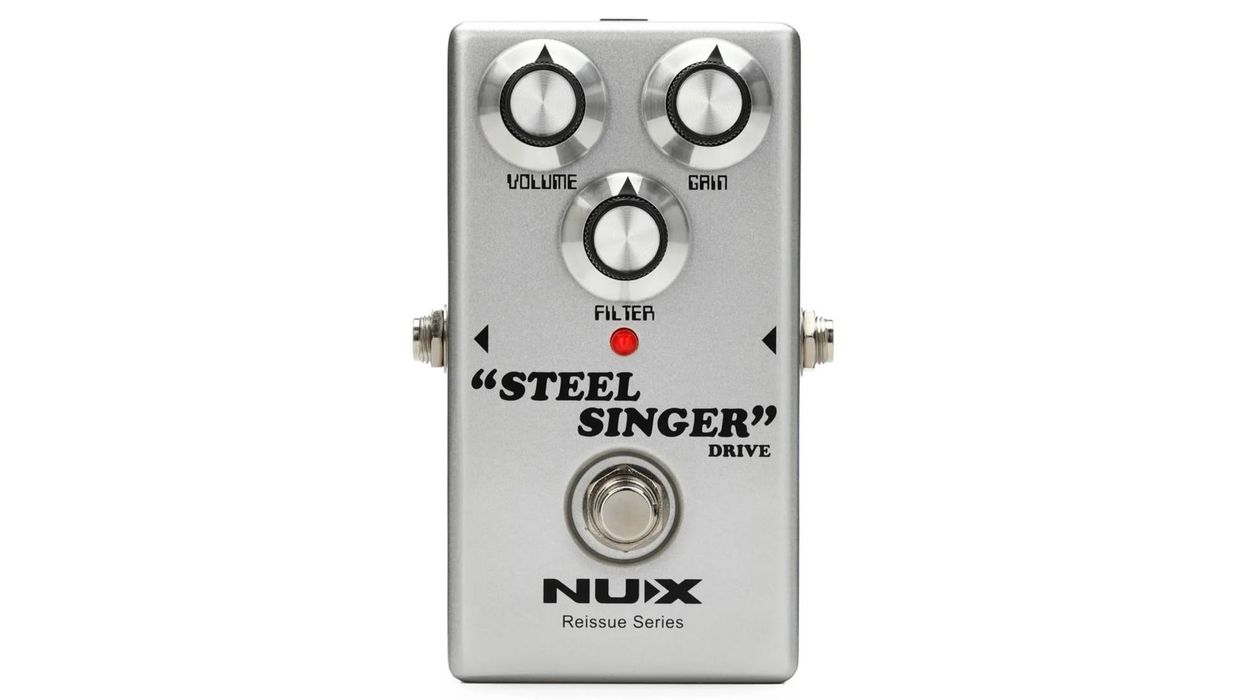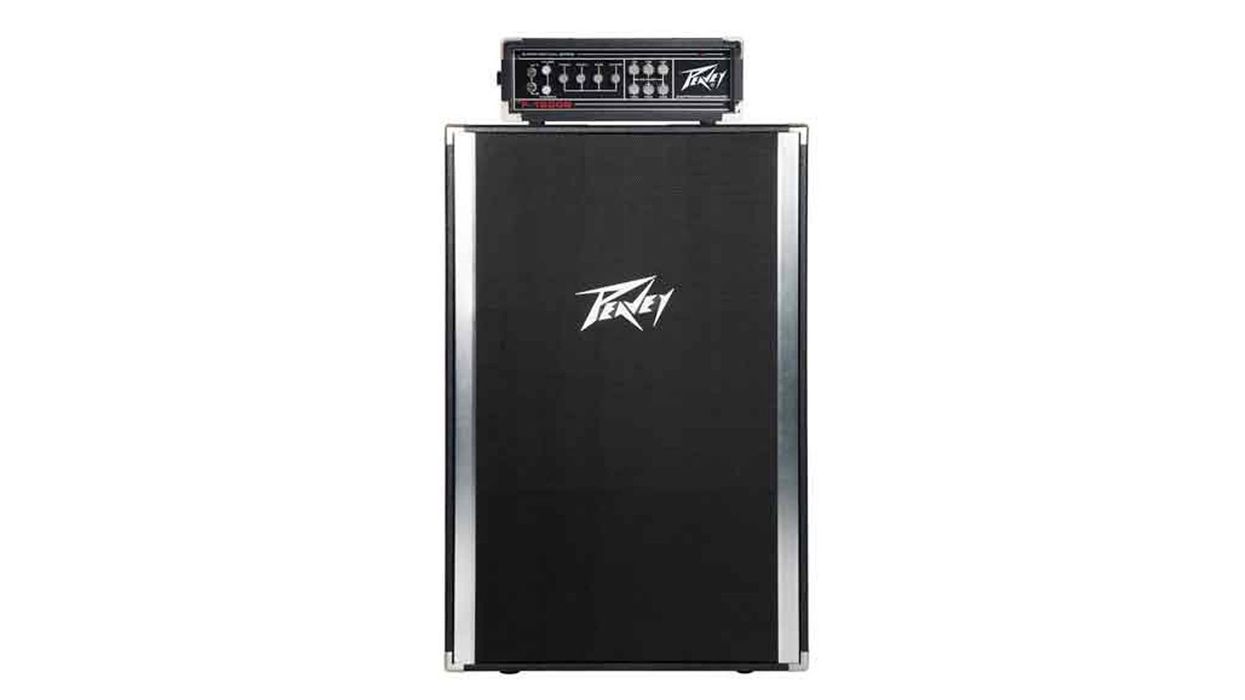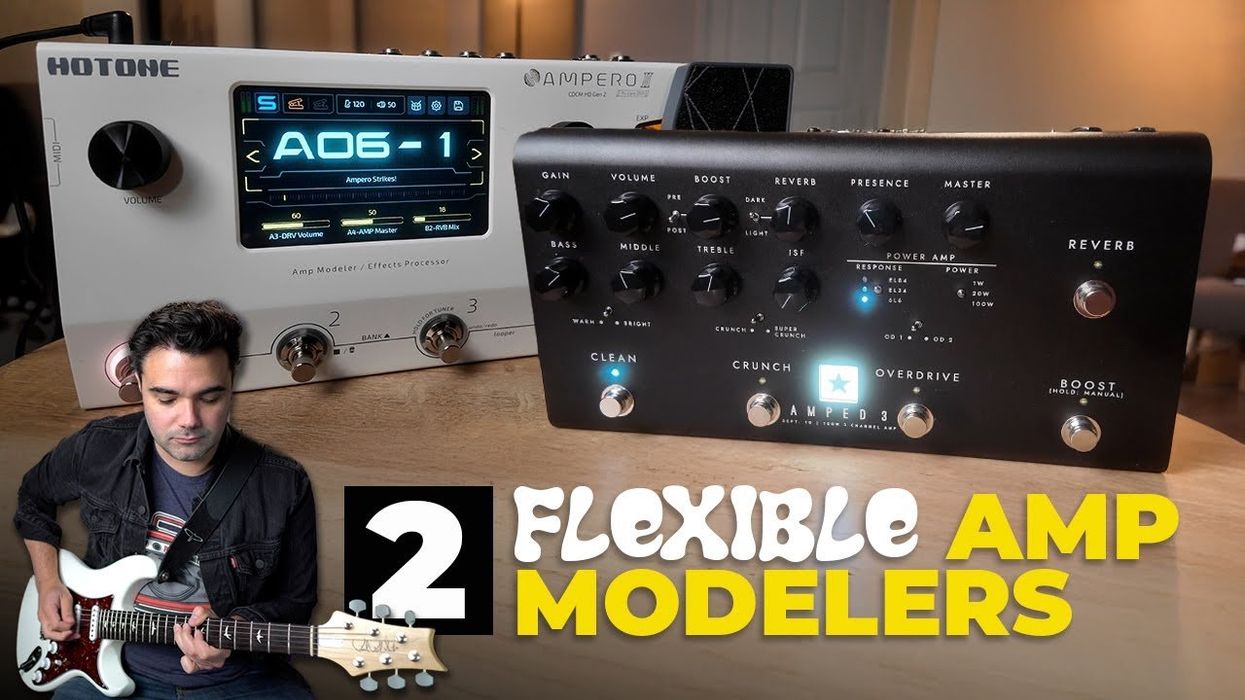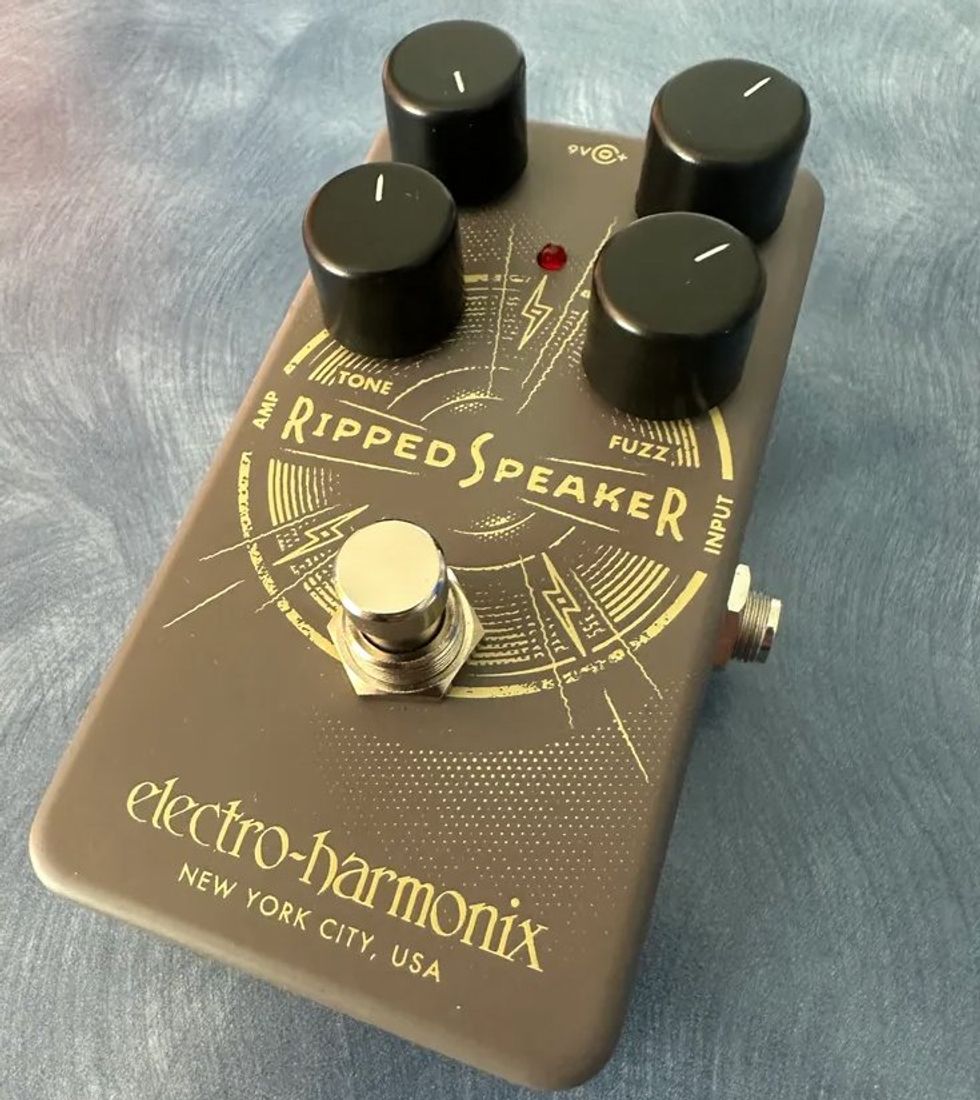Statesboro, GA (August 14, 2013) -- Boasting solid American construction for the solid musician, Devilcat Amplifiers is pleased to unveil the “Jean” Series of amplifiers at Summer NAMM in Nashville, TN.
Devilcat Amplifiers has added 3 new tube amplifiers to their lineup - the “Mean Jean”, “Clean Jean” and “Lean Jean”, all made in their Statesboro, GA manufacturing facility. Like their flagship amplifier, “Jimmy”, the “Jean” series costs hundreds of dollars less than traditional American made amplifiers in the same class. With the working musician in mind, founder Chris Mitchell created the “Jean” series as an alternative to the “one trick pony” trimmed down boutique amplifiers currently on the market. The “Jean” series continues to follow the company’s philosophy of offering solutions for the guitarist trying to achieve a maximum style range for an amplifier. The Jean Series of amplifiers features include:
Mean Jean specs:
- 15 Watts 6L6 CLASS A tube power and tube preamp
- “Dirt” channel that adds extra gain, boost, or both.
- “Boost” channel that allows you to boost either channel (dirt or clean)
- Speaker Attenuator allows you to drop the wattage of the amplifier to ¼ power
- Classic Class A Distortion when overdriven
- Accutronics spring reverb tank
- Tube configuration: 2 x 6L6GC (power), 4x 12AX7
- Galvanized Steel chassis and corrosion resistant hardware
- Jensen Falcon 12" speaker
- Foot switchable channel select allows the user to obtain all 4 channel options
- Self Biasing any 6L6, 6V6, or EL34 (for different response)
- Series Effects Loop
- Available in combo or head / cabinet configuration
- Hand wired and 100% manufactured in our Statesboro, GA facility
Clean Jean Specs:
- 40 Watts 6L6 CLASS AB clean amplifier
- “Boost” channel that has adjustable volume control
- “Tone Boost” channel that allows the user to switch to a brighter tone
- Accutronics spring reverb tank
- Tube configuration: 2 x 6L6, 1 x 12AT7, 3 x 12AX7
- Galvanized Steel chassis construction and corrosion resistant hardware
- Jensen Falcon 12" speaker
- Foot switchable channel select allows for all 4 tonal options
- Series Effects Loop
- Available in combo or head / cabinet configuration
- Hand wired and 100% manufactured in our Statesboro, GA facility
Little Jean Specs:
- 15 Watts 6L6 CLASS A tube power and tube preamp
- “Boost” channel that allows you to boost either channel (dirt or clean)
- “Tone” channel allows you to switch to a brighter tone
- Classic Class A Distortion when overdriven
- Speaker Attenuator allows you to drop the wattage of the amplifier to 1/4 power
- Tube configuration: 2 x 6L6GC (power), 4x 12AX7
- Galvanized Steel chassis and corrosion resistant hardware
- Jensen Falcon 12” speaker
- Foot switchable channel select allows the user to obtain all 4 channel options
- Self Biasing any 6L6, 6V6, or EL34 (for different response)
- Series Effects Loop
- Available in combo or head / cabinet configuration
- Hand wired and 100% manufactured in our Statesboro, GA facility
The Devilcat “Mean Jean” combo and “Mean Jean” Head carry street prices of $1299.00 and $1249.00 respectively. The “Clean Jean” combo and “Clean Jean” head are $1199 and $1149 respectively. The “Lean Jean” combo is $999.00 (street), while the head is $949 (street).
For more information:
Devilcat Amps


























